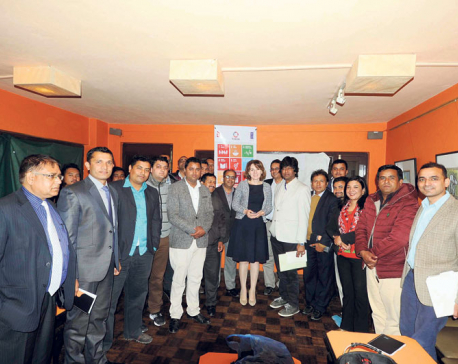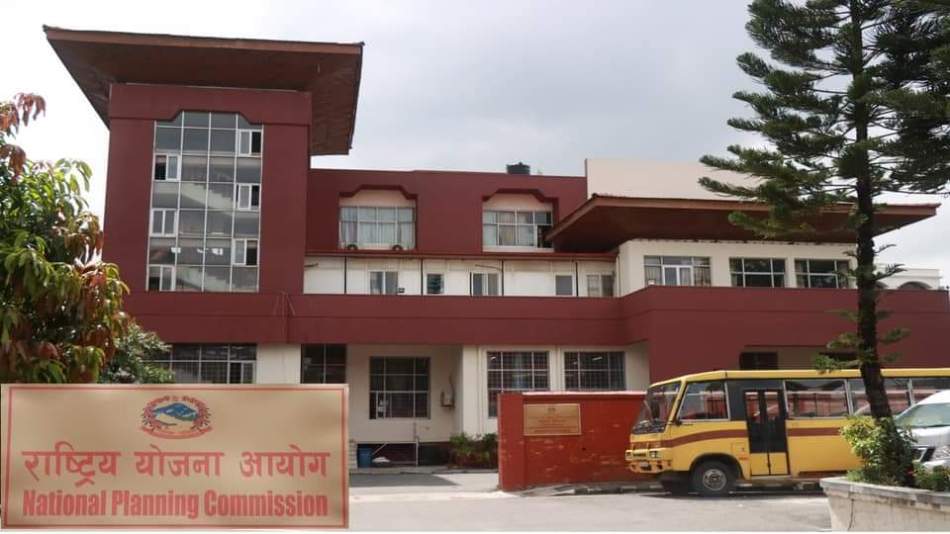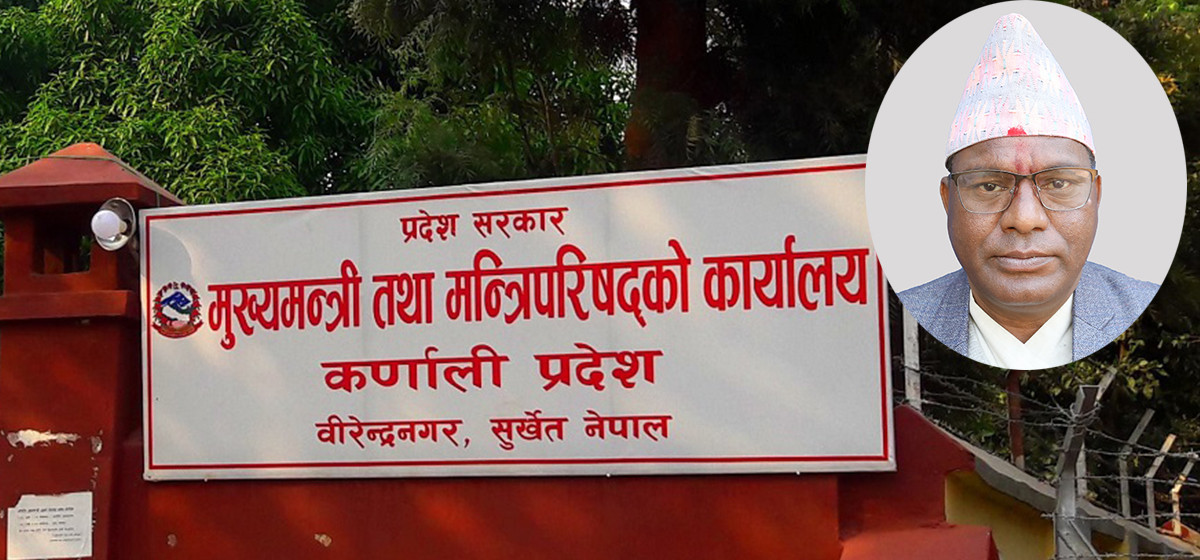
OR
Trishuli bus accident
Amazing, the kind of things people adjust to. As any onlooker will tell you, our long-route passenger buses and microbuses travel at crazy speeds. Chances are that those taking public transport on these highways for the first time will be scared out of their minds, as drivers take them on a rollercoaster ride sans seatbelts. But talk to someone who takes public transport on these long routes on a regular basis, and the primal fear associated with high speed is gone. After months and years of shouting at the drivers to slow down, to no avail, they have given up, and even deluded themselves into believing that high-speed rides are safe. In fact, all the studies the government has conducted on the worst road accidents in Nepal over the past one-decade point to speeding as number one reason for these accidents. Even when speeding is not a problem, these studies suggest that over 90 percent accidents are attributable to some kind of driving error. And yet precious little has been done to reduce road accidents, which over a decade have taken over 17,000 lives—more than the number killed during the decade-long Maoist insurgency.
There is overwhelming evidence, obtained from studies around the world, that controlling vehicle speed leads to a drastic reduction in road accidents. Yet the traffic police have failed to take the most obvious remedial measure: buy speed guns and give them to the traffic police personnel deployed on our highways. These guns are now sensitive enough to give accurate reading of the speed of a moving vehicle even from a safe distance. Traffic police around the world have used these guns to surreptitiously record vehicle speeds and to punish speed-limit violators. This one investment can potentially save hundreds of lives a year. Another big reason for high number of road accidents on long routes is driver fatigue. There is a clear rule that all long-distance buses must have at least two drivers, to take turns at the wheel. But as there is no monitoring, it is hard to say whether long-distance vehicle operators stick to this rule. Nor has anything come out of another repeated suggestion offered by nearly all post-accident probe committees: on timely repair and maintenance of these long-haul vehicles. Again there seems to be zero political and bureaucratic commitment to implement it.
The result: tragedies like Saturday’s bus plunge into Trishuli River, which resulted in at least 31 deaths. Apparently, the passengers of this speeding bus had repeatedly asked the driver to slow down, but the driver had each time brushed their concerns aside. This is now becoming all-too-common. Public vehicle drivers and owners are obliged, first and foremost, to guarantee the safety of their passengers, an obligation they seemed to have conveniently forgotten. It is also strange that concrete and steel barriers are only intermittently placed by the side of the snaking highway adjacent to rivers and deep gorges. An out of control vehicle can easily pass between two adjacent barriers, to deadly consequences. Why not instead build a continuous barrier, even if it costs a little more? We were able to successfully end the bloody, often-intractable Maoist war. The Nepali state is failing in urgently tackling something far simpler yet no less important.
You May Like This

Collective effort can uplift women's economic standard: Basnet
BHAKTAPUR, Dec 23: Former Minister and Member of Parliament Mahesh Basnet has said that collective effort can help uplift the... Read More...

Collective effort better in business
KATHMANDU, Feb 4: An interactive program was held in the capital city with an aim to inform the Nepali youths... Read More...

Need for collective effort underlined to meet SDGs
KATHMANDU, Nov 22: Sophie Kemkhadge, the deputy country director of United Nations Development Programme (UNDP), has said that the government,... Read More...






Just In
- National Development Council meeting on Thursday to finalize 16th Plan
- Qatar Emir meets PM Dahal, bilateral agreement and MoUs signed between Nepal and Qatar
- Employee involved in distribution of fake license transferred to CIAA!
- Youth found dead in a hotel in Janakpur
- CM Kandel to expand cabinet in Karnali province, Pariyar from Maoist Center to become minister without portfolio
- Storm likely to occur in Terai, weather to remain clear in remaining regions
- Prez Paudel solicits Qatar’s investment in Nepal’s water resources, agriculture and tourism sectors
- Fire destroys 700 hectares forest area in Myagdi



_20240423174443.jpg)









Leave A Comment